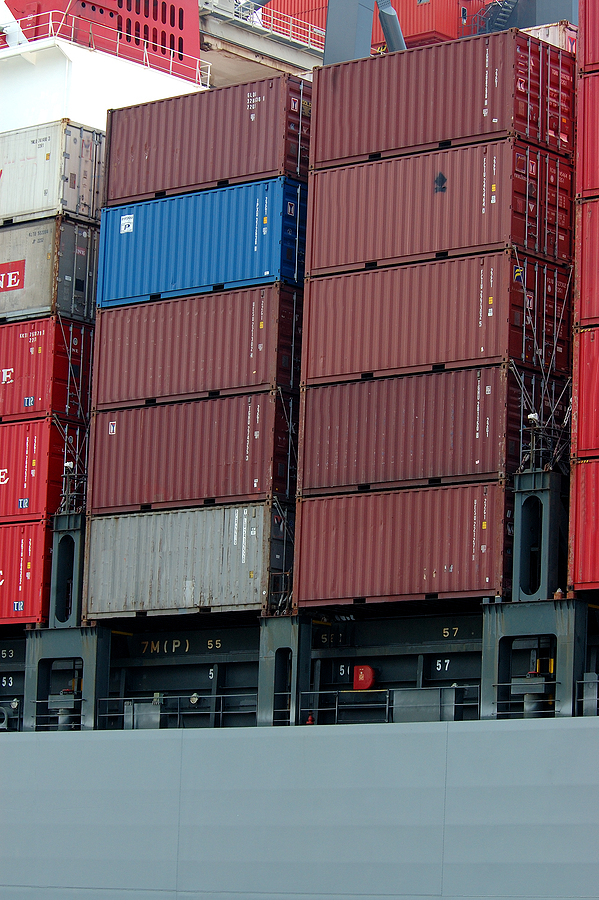The duties of Customs officers can oftentimes be very challenging. They must regularly deal with all sorts of items and operational procedures to keep a territory or country safe from various things like damaging substances and prohibited items. Customs officers must also make sure that each item they approve for import is properly licensed to enter the country. Hence, the everyday schedules of Custom officers include dealing with hundreds of products that are coming into their country from overseas. In countries with high import volumes, a Customs officer does not have the time or the energy to go through and review the description and nature of each item, parcel or package that is brought before them for approval.
It is for the purpose of simplifying this process that HS codes were introduced.
How do the codes work?
In the most parts of the world, traders must determine the classification number on their items in order to import. The classification number in many ways replaces the item’s description. The HS classification number of the item makes the job of an officer much smoother, as by referring to it, the officer can easily recognize the purpose of the item without going through lengthy descriptions that may be poorly written of ambiguous.
The item classification number is known as an HS code. The code is adminisrated by the World Customs Organization and has been in use since the year 1988.
The proper method of using the code
The HS code system devised by the World Customs Organization is comprised of just 6-digits. The countries that follow the organization’s system use the 6-digit version code and then add to it to make 8 or more-digit HS codes that are used locally.
Due to the sheer number of products that require these codes, the tariff code system contains several thousand Sub-Headings to choose from. The complexity of the system makes it impossible for a novice or a beginner to determine the code.
To counter this complexity, the organization of World Customs developed six general rules. These help both Customs officers and traders to get familiarized with the differences between numbers and help them in developing a better understanding of how to determine the code for various products. Understating the code is essential for Customs officers, importers and exporters as a wrongly used code can lead to severe punishments.
The six general rules of the codes
The rules are called General Rules of Interpretation, often simply called GRIs. There are a total of 6 rules that must be understood before attempting to deal with classification of products. The first 4 rules must be applied in order, from 1 to 4. The last 2 rules apply at all stages of the classification process.
First GRI
This requires the item to be assigned with a product classification number using the tariff headings. When using this rule, the trader must go through all the section, chapter, and headings notes devised by the organization of World Customs that is relevant to their item. In a few rare scenarios, an item is directly mentioned in a heading; otherwise, people must go through a lot of reading and searching. A search on Google can help tremendously during this stage.
Second GRI
This regulation is divided into two parts. 2a and 2b. This rule is used for the items that are shipped unassembled or incomplete. This rule dictates that an item that is yet to be assembled but has all the essential characters of the finished final product is to be listed as that finished product. If the rule GRI 2a is used, then a cargo containing parts of a car would be listed as a car. The rule 2b is much simpler as it states that any item that is a set of mixture items should be labelled by using GRI 3.
Third GRI
This rule has three parts a, b, and c. The rule GRI 3a simply states that a product is classified by using the most specific classification available for it. The b part of the rule states that a set or mixture of products is to be classified through the product’s most essential character. The last part of the rule states if the essential character of a product cannot be defined, then simply classify the product by using the heading of the component in the mixture, composite product or set that comes last in the tariff.
Fourth GRI
This GRI is only used when the product is unique enough to not be classified through the first three rules. Through this rule, the product can be labelled as if it were something similar. However, this rule is rarely used as the existing system is already very comprehensive and robust.
Fifth GRI
This rule is also divided into two parts. The rules 5a and 5b state that reusable packaging of a product cannot be classified as the item that the packaging holds or contains. If is important to refer to this rule when classifying items that come with cases. It is also important to refer to this rule when classifying product that come in special container for transport such as industrial gas or sand.
Sixth GRI
By referring to the sixth rule, a trader is required to only compare same “-” level headings with another, until a complete HS code is attained. This rule is usually the hardest for classifiers to grasp and can require its own article to explain fully!
Image Source: BigStock.com (Licensed)
Related Categories: Work, Reviews








